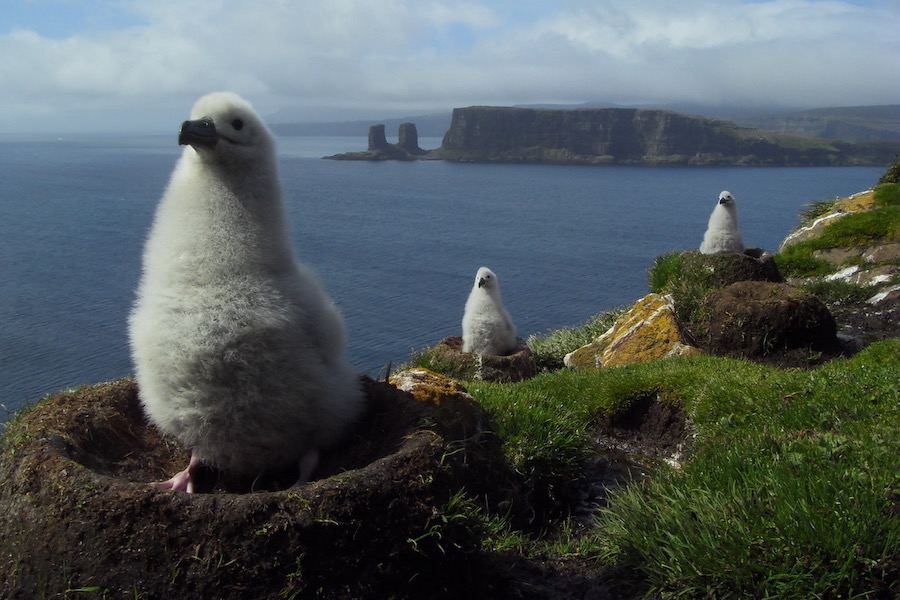To celebrate the 250th anniversary of the French discovery of the Crozet and Kerguelen islands in the Antarctic, the Oceanographic Museum is hosting two temporary exhibitions on the archipelagos as well as one on the Dumont d’Urville Scientific Station which now sits on land discovered by French explorer Jules Dumont d’Urville nearly a century later.
The Antarctic has always been a place that piques the imagination. Cold and infinitely unknowable, the frozen continent sits at the far end of the world, a distant and unforgiving land, yet one that intrepid explorers have not been able to resist.
In 1772, two sub-Antarctic island chains, the Crozet Islands and the Kerguelan Islands, were discovered in the Southern Indian Ocean just weeks apart. The Crozets, which total six islands, three of whom are considered major, was discovered by Marc-Joseph Marion du Fresne, aboard Le Mascarin. The Kerguelen’s main island was officially discovered by the French navigator Yves-Joseph de Kerguelen-Trémarec. The next day, Charles de Boisguehenneuc landed and claimed the island for the French crown.
Nearly a century later, in 1840, Terre Adélie, a strip of land that runs from the coastline to the South Pole, was put on the map by the French explorer Jules Dumont d’Urville.
Now, from 26th July to 26th September, the Oceanographic Museum is hosting two exhibits presented with the organisation French Southern and Antarctic Lands (TAAF). The shows are entitled ‘Crozet et Kerguelen 1772-2002’ and ‘From Dumont d’Urville at DDU: the French in Antarctica’, and encompass 40 panels using maps, archival documents, and historical and contemporary photos.
Visitors can step back in time and journey to the far reaches of the Earth where they can learn about the heritage these islands represent to the French as well as the issues currently facing them.

The two archipelagos are today protected within the national nature reserve of the French Southern Territories, elevated by UNESCO to the rank of world heritage of humanity site and form almost 10% of the exclusive economic zone of France, maritime space over which France has exclusive resource exploitation rights, and have become sanctuaries for global biodiversity.
The Kerguelen archipelago includes a set of small islands, the Prince-of-Monaco Islands, located in the southwest of the chain and named by explorer Raymond Rallier du Baty, around 1908, in honour of Prince Albert I. The Prince Albert Pass located to the west of the main island of Kerguelen was also named for the “Explorer Prince”.
In the ‘From Dumont d’Urville to DDU: the French in Antarctica’ exhibit, visitors take a chronological trip through time to see the French activity in the Antarctic, amongst them, the adventures of Jules Dumont d’Urville and Jean-Baptiste Charcot, two French figures in polar exploration, and the establishment of the first permanent scientific base in Terre Adelie after the Second World War respectively.
For those who crave more, Sciene Po writer and historian Bruno Fuligni will host a conference on 9thSeptember at 2:30pm called ‘The Kerguelens, 250 years of French presence’ outlining the quests made over the years in the Antarctic as well as attempts at colonisation.
Top photo of Baie de l’Oiseau and baby Albatros © Fabrice Lebouard
